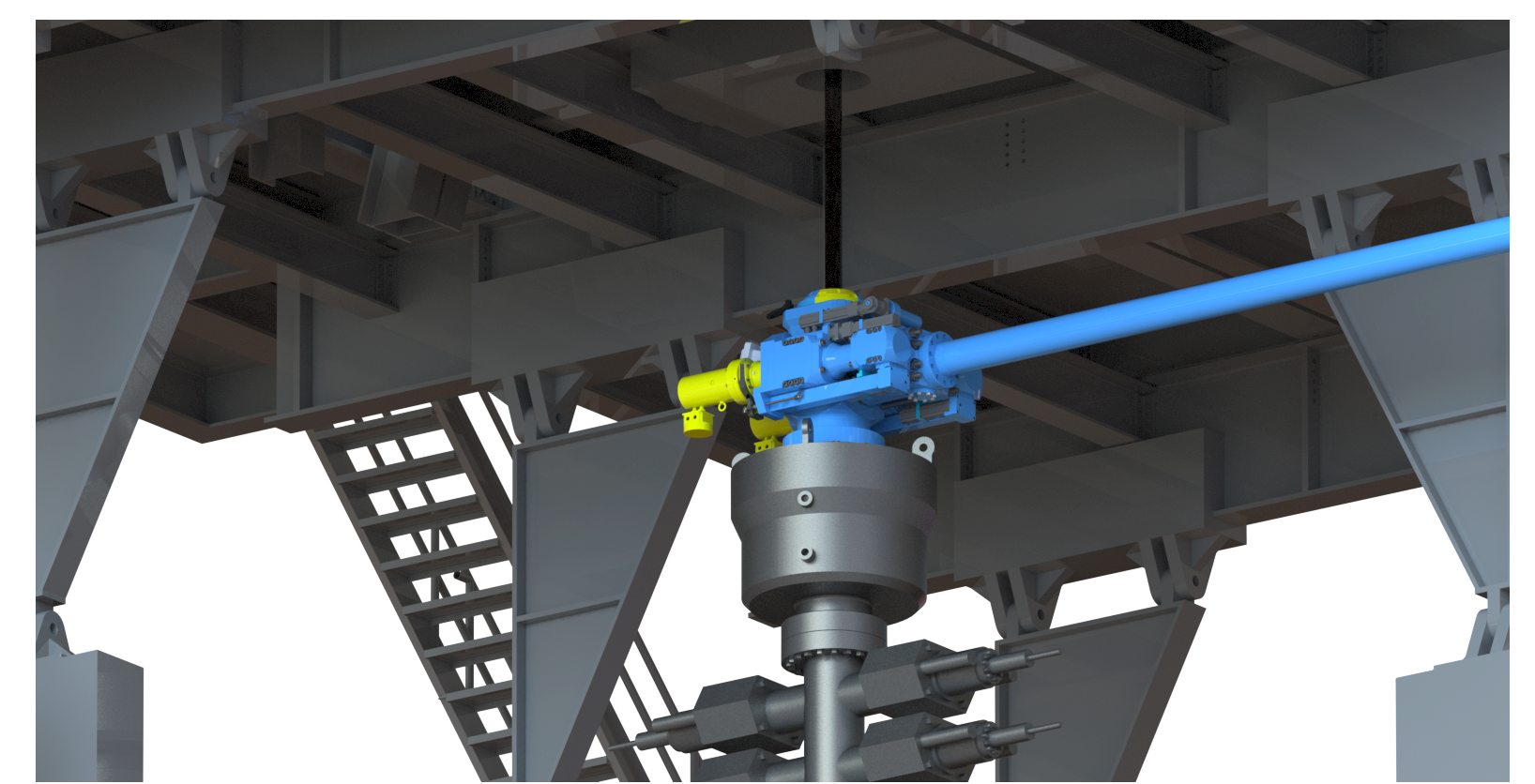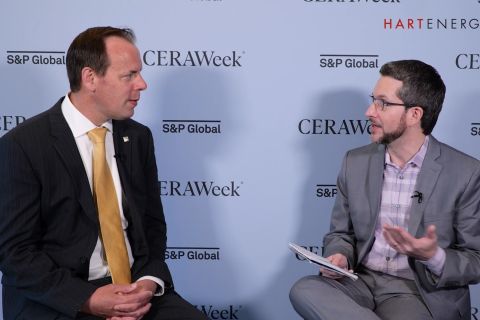When managed pressure drilling (MPD) was introduced some 15 to 20 years ago, it was innovative – a way to drill while controlling the annular pressure throughout a wellbore. Soon this practice became commonplace as the control of annular pressure allowed operators to drill wells that wouldn’t normally be seen as practical. But despite its originality at debut, there hasn’t been much change in the method or technology used.
However, Opla Energy, a Canada-based MPD solutions company, has invented a new approach to managed pressure drilling, one that is both remote and autonomous.
“Opla’s system is a fully automated downhole pressure control that, in real-time, calculates downhole pressure and adjusts surface pressure accordingly to maintain a constant downhole pressure,” Elvin Mammadov, president and founder of Opla Energy, told Hart Energy. “This automatically takes into account downhole conditions such as different mud weights, automated surge swab compensation and changes in pump rates without the need for ramp schedules or extra time spent on connections for performance drilling.”

Opla is able to achieve all of this through its patented Pressure Management Device (PMD). The PMD was designed to be an all-in-one autonomous MPD device that replaces the rotating control device, piping and manifold. The PMD is a compact size and can easily be integrated into a rig, connecting independently to rig data and using Opla’s patented, non-linear choke reaction technology to control the choke position autonomously.
OplaSmart cloud platform
While the system is autonomous, subject matter experts still need to input data such as updated mud density and directional survey information, as the PMD only controls downhole pressure and not surface pressure. To facilitate this, the real-time operators can use the bi-directional cloud platform OplaSmart.
OplaSmart creates a digital twin of the asset in the field and sends it to the real-time operating center. From there, the subject matter experts (SMEs) input the data into the digital twin and run the digital engine to ensure safety.
“We’re stepping up five minutes ahead of real time and checking what will happen if we make a change,” Mammadov said. “If it is safe, it will allow the set and we'll be able to see that data has been transmitted to cloud and from the cloud to the field… allow[ing] the [OplaSmart and] remote operations to monitor everything and send the command back to the PMD.”
Testing the technology
Creating a drilling solution that incorporates many different systems requires both time and patience, especially for Opla as they incorporated nine different patented technologies.
“We have created a suite of technologies,” Mammadov said, “including PMD, a real-time hydraulics engine, a torque and drag engine, cloud and automation platforms that incorporate multiple layers of advanced technologies, non-linear PID [proportional-integral-derivative] controllers and an IoT [Internet of Things] software platform. We have also developed a Linux-based MPD operating system that’s very new in the MPD world, as none of the MPD companies owns their own operating system.”
Opla has been working on this technology since 2019, with the first trial conducted in September 2021 in the Permian basin with the actual remote controlling of the operation being conducted from their offices in Calgary, Canada. Despite being a totally remote operation, Opla still sent down an operator to ensure that things ran smoothly. This singular operator is a far cry from days of the past, when teams of five or more people were sent on location to run the operations – now all that’s needed is a subject matter expert.

Currently Opla is running a number of remote jobs in different states and countries, all from their offices in Calgary. And while Opla is just getting started, Mammadov already has his eyes set on the future.
“We have already begun exploring the potential of machine learning and artificial intelligence for our operations. Our SMEs are using OplaML, a tool that provides suggestions for PID controller settings, helps identify potential drilling problems in advance, monitors real-time pressure and graphs it at each connection and listens to the data in a way more advanced way than a human. This tool has been running in the background and undergoing training and has shown great potential in supporting our remote operations journey.”
Recommended Reading
Energy Systems Group, PacificWest Solutions to Merge
2024-04-17 - Energy Systems Group and PacificWest Solutions are expanding their infrastructure and energy services offerings with the merger of the two companies.
Marketed: KJ Energy Operated Portfolio in East Texas
2024-04-16 - KJ Energy has retained TenOaks Energy Advisors for the sale of its operated portfolio located in East Texas.
Exclusive: Pat Jelinek on Decarbonization Efforts, M&A Outlook
2024-04-16 - Oil and gas leader for EY Americas Pat Jelinek discusses trends in the Lower 48 like consolidation and why decarbonization is "more important" in the near term than the energy transition, in this Hart Energy Exclusive interview.
EnQuest Selling Stake in North Sea Golden Eagle Oilfield, Sources Say
2024-04-16 - EnQuest has struggled in recent years with high debt levels and a drop in profits after Britain imposed a 35% windfall tax on North Sea producers.
Kimmeridge Withdraws SilverBow Deal to Focus on E&P’s ‘Broken’ Board
2024-04-16 - Investment firm Kimmeridge said it had withdrawn its offer to combine its Eagle Ford E&P with SilverBow Resources as it promotes a slate of independent directors for SilverBow’s board at the company’s May annual meeting.




